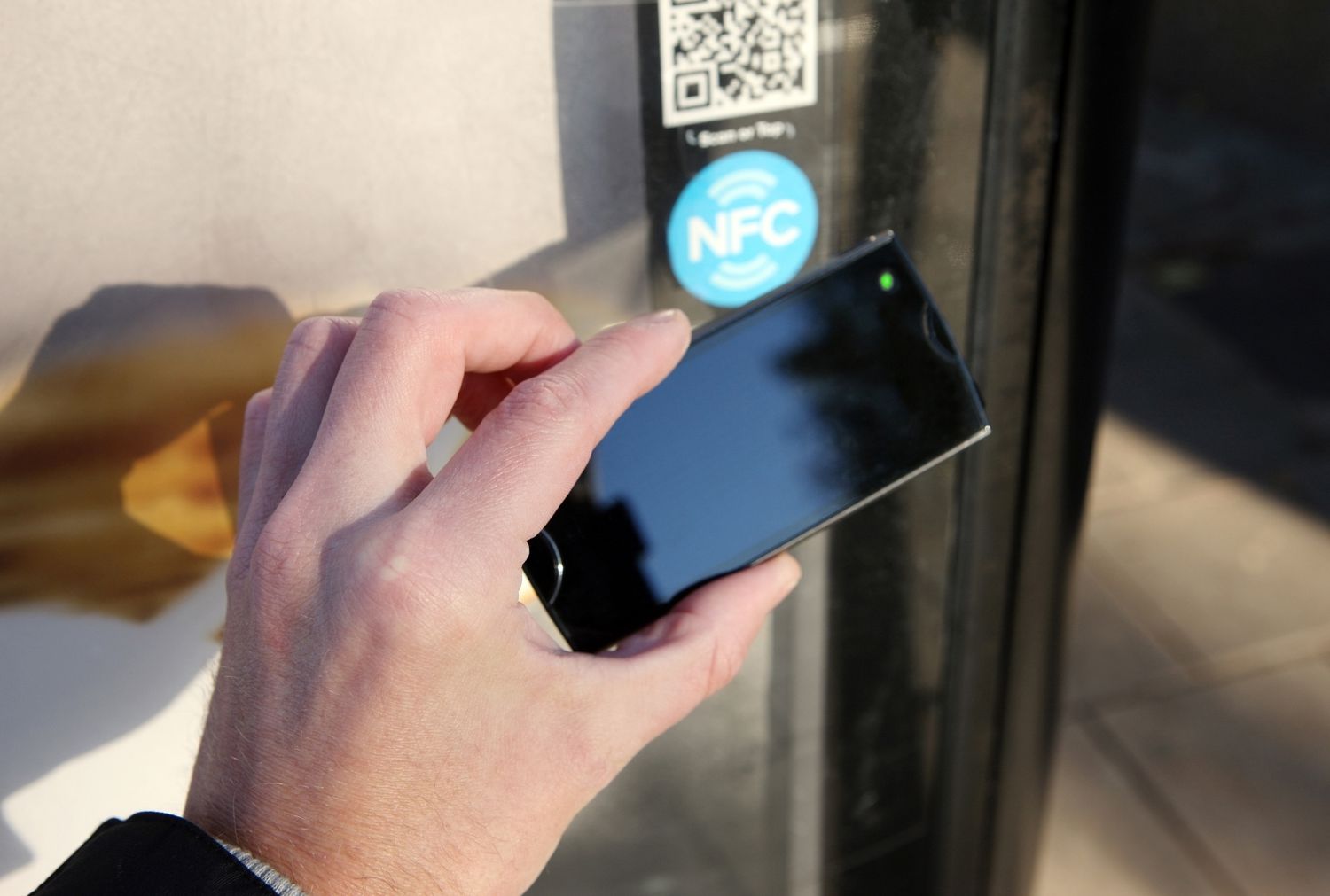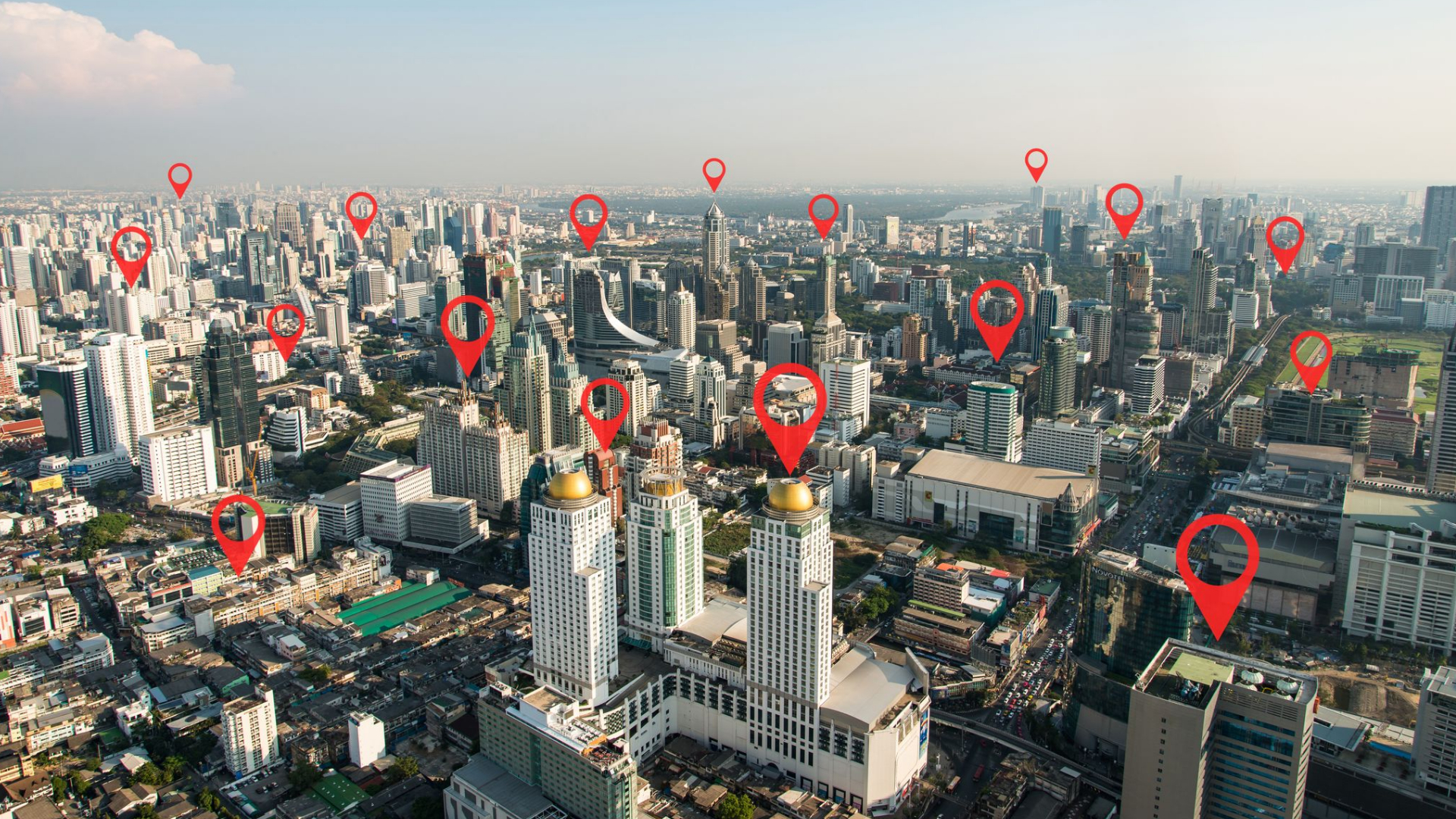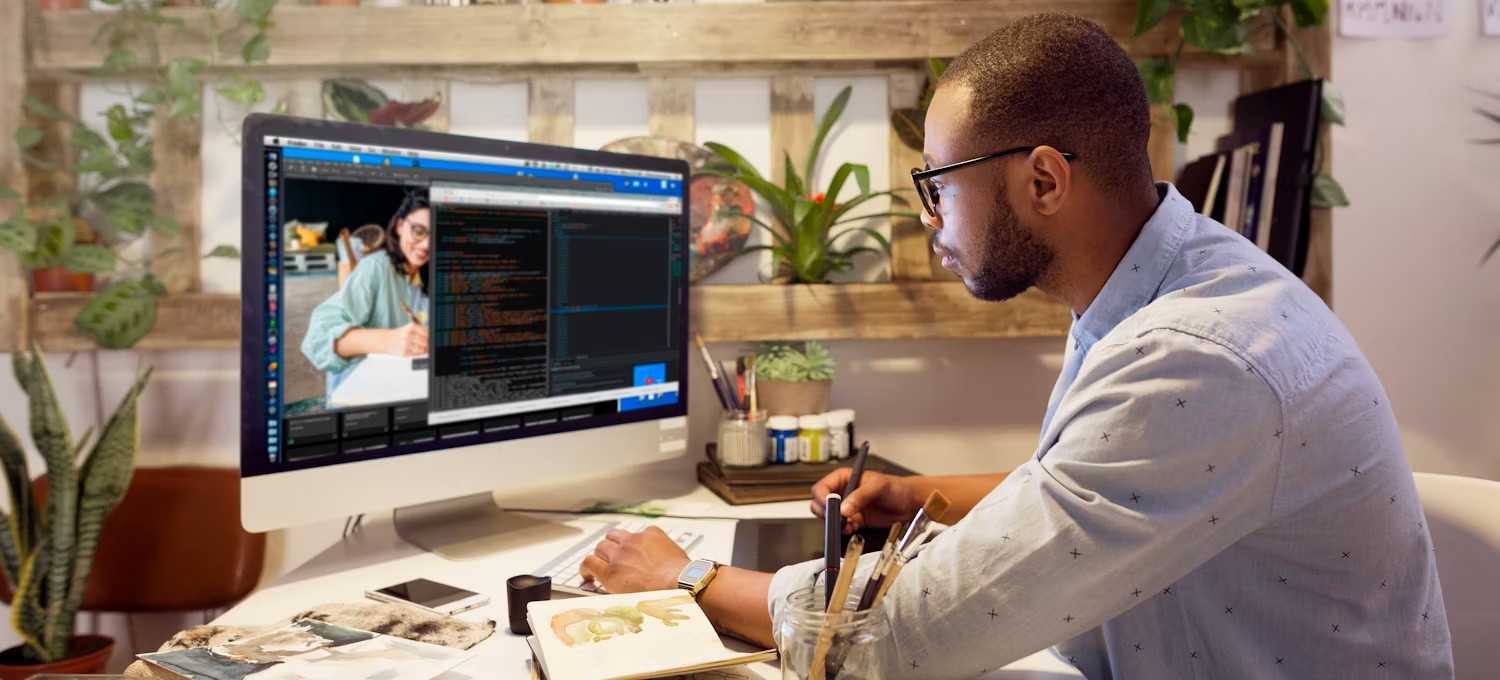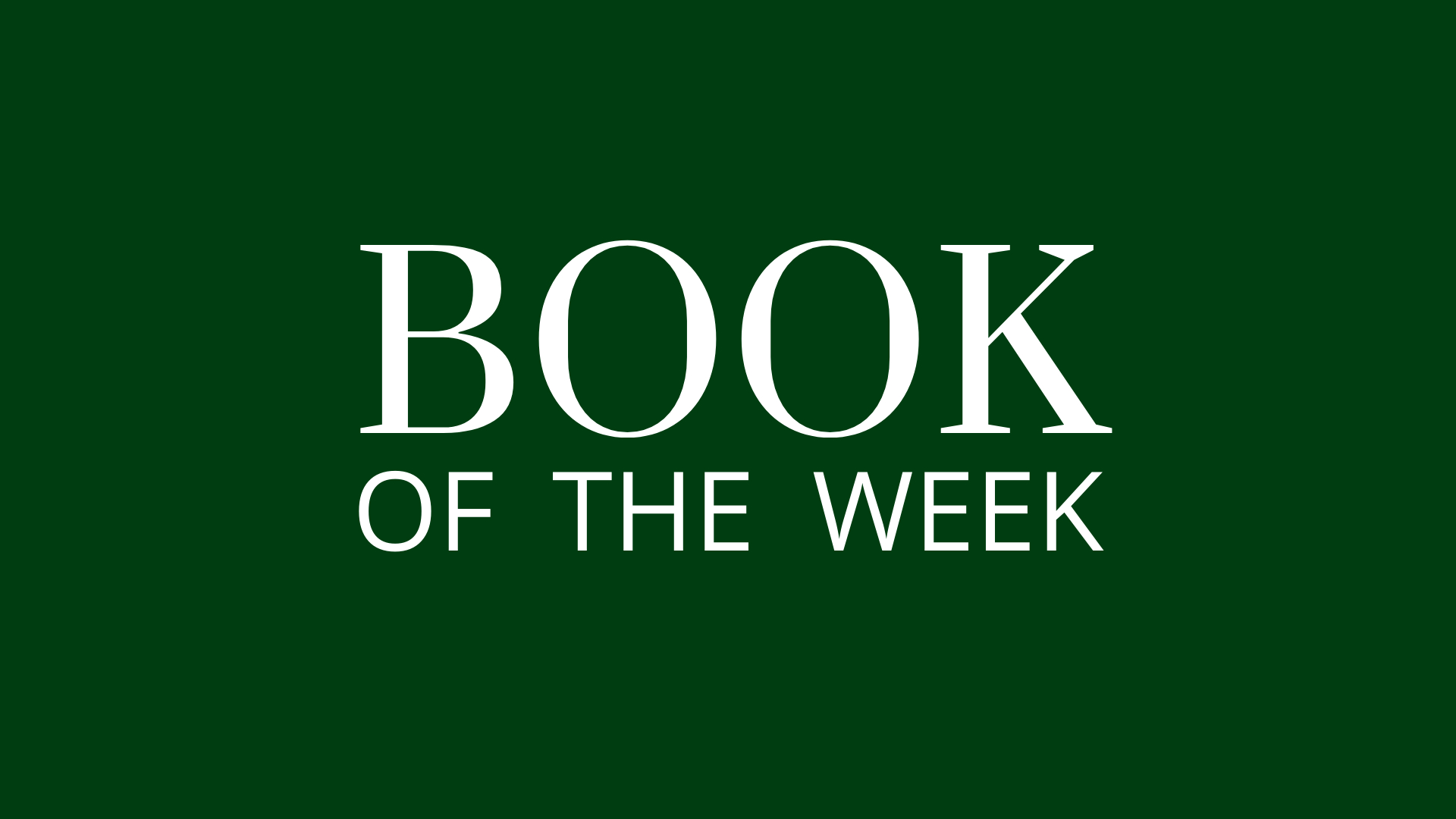
Are QR Codes the Future of Marketing?
Published by Smart Office
QR codes have surged in popularity in the last decade. Originally designed for automation and efficiency, they are now vital in touchless menus and digital payments. Learn how QR codes store info like links and menus, their cost-effectiveness in restaurants, security concerns, and creative uses in marketing.
A Link to the Future
QR codes, those little square barcodes you see everywhere from restaurant menus to product packaging, have been around since 1994. Originally invented to streamline car manufacturing, they’ve recently found new life in marketing and everyday consumer use. In North America, they didn’t catch on until Apple’s iOS 11 update in 2017, which made scanning QR codes easy with just the native camera app. Then the pandemic hit, pushing restaurants and businesses to switch to touchless menus and digital payments, further boosting QR code adoption.
What exactly is a QR code, though? It’s a “quick response” code that stores information like website links, menus, or even songs using a grid of pixels. When scanned by a smartphone or tablet, the code’s pattern is analyzed and translated into digital content. This versatility makes QR codes cost-effective for industries like restaurants, allowing them to update menus digitally without printing new ones, saving both time and paper. Plus, some QR code menus let you order and pay right from your phone, speeding up service.
QR Code Considerations
However, QR codes aren’t without their drawbacks. There are concerns about security, as the links they direct to could potentially be harmful. They also depend on internet connectivity; without it, scanning them becomes impossible. Privacy is another worry, as scanning a QR code can lead to data collection through cookies or other tracking methods. These concerns should be addressed by signage which discloses a link’s destination and purpose. Some examples of good disclosures:
- Scan to Opt In: Give customers or visitors the ability to quickly launch an opt-in form for future contact via text, phone, direct mail, or email.
- Scan to Sign Up: Launch a sign up form for a future event, promotion, class, etc. “Sign Up” implies a longer registration process than “Opt In,” and more commitment from the guest. So use this language only where appropriate.
- Scan to Learn More: Connect to a page with information or a contact form to learn more about a product, service, or opportunity.
- Scan for Details: This language is preferred for connecting to a disclosure page, such as contest rules, ingredient lists, assembly instructions, etc. A customer using this link expects detailed, engaging content relevant to their purchase.
Despite these concerns, marketers are finding creative ways to use QR codes beyond their traditional roles. They’re being used for customized landing pages that change based on location or time of day, and they’re increasingly popular in payment platforms like Venmo. QR codes on physical items are evolving too; no longer just functional black-and-white squares, they’re becoming more visually integrated into design, like those shaped as Disney characters in subway stations or adorned with “SALE” in retail stores.
Still Have Questions?
Looking ahead, QR codes seem poised to continue their evolution. They might integrate more with augmented reality or become even more personalized in their marketing applications. Whether you’re using QR codes to pay for your coffee or to learn more about a product, their presence in our daily lives is only set to grow. So next time you spot one, take a moment to scan and see where it leads—you might just discover something new. And check out our other articles for more advice on specific industries and use cases.

Curious About 1QR?
The dynamic QR code generator that grows with you.
Site Search:
All Topics:
Learn more about our services and the industries we serve.
- Book of the Week (51)
- Custom Development (20)
- Digital Business Cards (14)
- Dining and Bars (12)
- Direct Sales (29)
- eCommerce and Retail (24)
- Education (12)
- Email Marketing (15)
- Healthcare (12)
- Live Events (20)
- Payment Software (12)
- Political Groups (12)
- QR Codes (15)
- Real Estate (12)
- Smarticles (252)
- Sweepstakes (15)
- Text Marketing (69)
- VoIP Telephone (32)
- Web Meetings (41)




